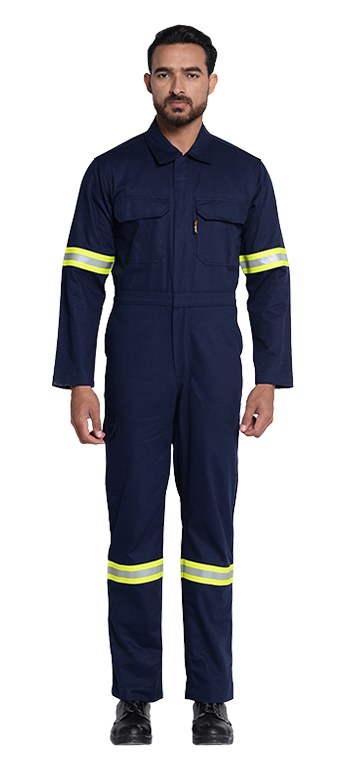
In the realm of protective clothing, the integration of design features plays a pivotal role in ensuring not only safety but also comfort and functionality. This comprehensive exploration delves into two crucial design aspects – ergonomic tailoring for optimal movement and ventilation systems for cooling – highlighting their significance in enhancing protection and user experience.
Ergonomic Tailoring for Optimal Movement:
Protective clothing should not impede the wearer’s movements but instead provide a comfortable and flexible fit. Ergonomic tailoring is a design approach that focuses on shaping garments to the natural contours of the body, ensuring optimal movement without compromising safety.
1. Articulated Joints and Seams:
– Garments designed with articulated joints and seams accommodate the natural movement of the body, particularly in areas such as the elbows, knees, and shoulders.
– This feature ensures that the wearer can bend, stretch, and move freely without encountering resistance from the clothing, a crucial aspect in physically demanding work environments.
2. Adjustable Closures:
– Incorporating adjustable closures, such as straps and buckles, allows users to customize the fit of the clothing according to their body size and comfort preferences.
– This not only enhances the overall fit but also ensures that the protective gear remains securely in place during various activities.
3. Gusseted Panels:
– Gusseted panels, extra fabric inserts strategically placed in high-movement areas, contribute to increased flexibility and prevent stress on seams.
– This design feature is particularly beneficial for professions that involve constant bending, squatting, or reaching.
4. Stretch Fabrics:
– The use of stretch fabrics, such as elastane or spandex blends, enables garments to stretch and recover, providing both flexibility and resilience.
– This is especially relevant in professions where a wide range of motion is required, such as in emergency response or rescue operations.
5. Ergonomic Patterning:
– Tailoring clothing with ergonomic patterning involves mapping the body’s contours and movements to create a garment that fits seamlessly.
– This meticulous approach to design ensures that the protective clothing does not hinder the wearer’s performance, promoting ease of motion.
Ventilation Systems for Cooling:
Working in protective clothing can lead to increased body temperature and discomfort. Effective ventilation systems are crucial to dissipate heat, maintain a comfortable internal temperature, and reduce the risk of heat-related issues.
1. Breathable Fabrics:
– Choosing breathable fabrics, such as moisture-wicking materials, facilitates the transfer of moisture away from the body, keeping the wearer dry and comfortable.
– Fabrics like microfiber blends and mesh panels promote air circulation, preventing the buildup of heat.
2. Strategic Ventilation Openings:
– Integrating strategic ventilation openings, such as mesh panels or zippered vents, allows for the controlled influx of fresh air.
– Placing these openings in areas prone to perspiration, like the underarms or back, enhances overall cooling efficiency.
3. Moisture-Wicking Linings:
– Incorporating moisture-wicking linings within the clothing helps manage perspiration by drawing moisture away from the skin.
– This feature not only contributes to cooling but also prevents the growth of bacteria and odors.
4. Cooling Technologies:
– Innovative cooling technologies, such as phase-change materials or evaporative cooling systems, can be integrated into protective clothing to actively regulate body temperature.
– These technologies provide a proactive approach to heat management, offering sustained cooling effects during prolonged wear.
5. Convertible Design:
– Clothing with a convertible design, featuring removable sleeves or zip-off sections, provides users with the flexibility to adapt to changing environmental conditions.
– This versatility allows individuals to regulate their body temperature by adjusting the garment according to the level of protection and cooling required.
The incorporation of ergonomic tailoring for optimal movement and effective ventilation systems in protective clothing is essential for addressing the dual requirements of safety and comfort. Design features that prioritize user mobility and temperature regulation contribute significantly to the overall performance and well-being of individuals working in diverse environments, ranging from construction sites to industrial settings. As technology and design continue to evolve, the future holds the promise of even more advanced and tailored solutions in protective clothing for enhanced protection and user satisfaction.
Tarapro is one of the pioneers in FR Clothing industry in India.